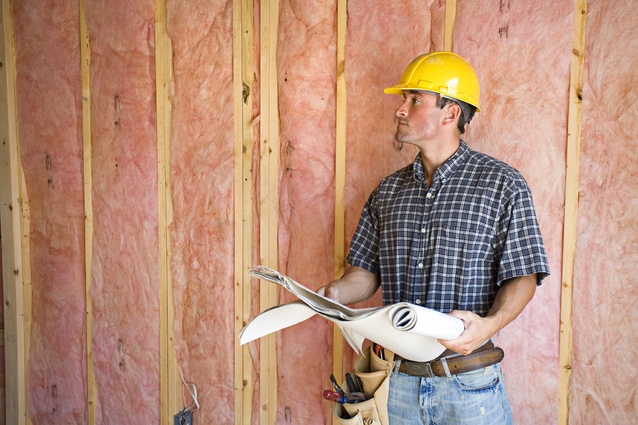A golden opportunity to warm up Christchurch
Nick Collins, CEO of Beacon Pathways, suggests we should be insulating the 110,000 quake-damaged homes in Christchurch.
I’ve been making a lot of trips down to Christchurch since the earthquakes.
It’s a complex situation – there is much to do and many issues still to be resolved. Many Christchurch residents are still waiting for their house repairs to start, and the idea of families spending a second winter in cold draughty leaking houses is concerning.
The issue that’s been focusing my attention is making the most of the opportunity to improve these houses – not just replace what was there but take steps to make them warmer, drier and healthier. And the greatest opportunity lies in installing wall insulation.
Why? Because it will make the biggest improvement to how the home performs, and because the opportunity doesn’t come around often.
Let me explain. Wall insulation is the lesser known cousin of ceiling and underfloor insulation. It’s not subsidised (yet) and many homeowners don’t realise its importance. However, research has shown that insulating only the ceilings and under floors will save a bit on power bills but it won’t warm the house to a healthy level.
To reach the minimum temperatures recommended by the World Health Organization for good health (16°C in bedrooms and 18°C in living spaces) and save energy, wall insulation is vital.
We’ve seen the benefits of including wall insulation in Beacon’s latest monitored home, the NZ Housing Foundation’s HomeSmart Home – warm enough not to need heaters, very low power bills for this low income family, and goodbye to the family’s asthma problems.

Even taking a purely economic approach, there is a 1.88 year payback period on insulating bedroom walls, and even utility rooms come out with a payback of less than 9 years.
So why is wall insulation important in the context of earthquake repair? Quite simply, the scale of homes to be repaired brings an opportunity to improve a large proportion of Christchurch’s housing stock that won’t come around again.
There are two reasons that wall insulation is not often retrofitted to existing homes. It’s usually costly – removing wall linings or cladding adds significantly to the cost of wall insulation and installation.
And it’s inconvenient – generally, rooms need to be vacated while linings are removed, replaced, gib-stopped and finished.
For these reasons, wall insulation is often only undertaken during major renovations, a once-in-30-year event.
There are an estimated 3000 renovations annually in Christchurch where re-lining of plasterboard in walls occurred. Compare this to the number of homes awaiting repair: 110,000.
Many of these homes have damaged cladding or internal linings, which will be replaced as part of the earthquake repairs.
A golden opportunity indeed!
And we know that 63 percent of Christchurch’s homes were built before insulation was mandatory – most of these will have no wall insulation whatsoever.
So what’s being done? The Department of Building and Housing has issued guidance for retrofitting wall insulation, and Christchurch City Council has waived building consent for segment-type insulation.
Insulation manufacturers have been looking at wall products which will make installation easier, and processes to fit within insurance protocols.
Now we need the insurers to either include wall insulation when cladding or linings are being replaced or allow homeowners to organise their own wall insulation.
Some insurance companies support this in principle as their policies require them to use building materials and construction methods in common use at the time of repair. We wait to see how this plays out as major repairs commence.
However, in October 2011, EQC/EQR advised their contractors that they “are not to carry out or supervise the retrofitting of external wall insulation in un-insulated dwellings during the earthquake repair process”.
The reasons given were that it would cause time delays (building consents and logistics), health and safety concerns, and issues with older electrical wiring. Additionally, EQC sees wall insulation as giving marginal benefits at best.
This decision is very disappointing.
With building consents waived and processes in place to work with repair protocols, many of EQC’s objections are no longer valid. While older VIR and TIS insulated wiring is a potential issue, the Ministry of Economic Development identified the overall risk as “relatively low”, affecting only a small proportion of houses.
The value of fully insulating a home has been well proven, and is reflected in Building Code requirements. We urge EQC and other insurers to reconsider their position and allow, no encourage, wall insulation to be installed during repair.
Christchurch residents deserve no less – let’s make their future a warm and healthy one.










